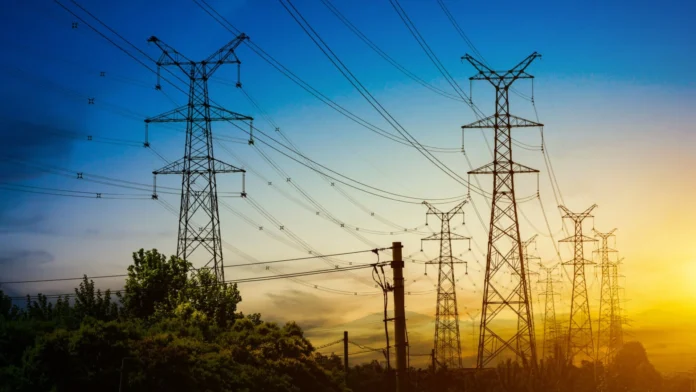Kenya’s national electricity consumption surged to a new all-time high on February 12, 2025, when peak demand reached 2,316 megawatts (MW), surpassing the previous record of 2,304 MW recorded just weeks earlier on January 15, 2025.
This widely reported milestone falls slightly short of the 2,362.28 MW cited in your query, suggesting a possible miscommunication of figures or inclusion of projected demand scenarios. The officially confirmed peak remains the 2,316 MW mark as registered by Kenya Power’s National Control Centre.
Kenya Power’s Managing Director and CEO, Dr. (Eng.) Joseph Siror, credited the citywide demand surge to significant infrastructure investments and network reinforcements designed to stabilise the national grid.
Key projects contributing to the uptick include the newly completed Kimuka 220/66kV substation installed by Kenya Electricity Transmission Company (KETRACO)which enabled Kenya Power to connect four new 66kV feeder lines serving Nairobi and neighbouring counties.
Further support came from the Narok–Bomet 33kV double-circuit interconnector and upgrades to transmission lines, enhancing grid reliability and capacity.
Customer uptake has also played a central role in driving consumption. Over the prior six months, more than 198,535 new users were connected to the national grid through donor-funded last-mile electrification phases, efforts that brought electricity access to more households and businesses. These expanded connections translated directly into higher sales and intensified peak-period demand.
Reflecting broader trends, peak electricity consumption in Kenya has climbed steadily since breaching the 2,000 MW level in late 2021. From June 2024 to February 2025 alone, demand rose by over 116 MW, implying an average monthly increase of 14.5 MW a pace that underscores accelerating energy utilisation driven by economic recovery and electrification initiatives.
With rising demand, Kenya’s reserve margin the excess generation capacity available beyond peak demand has shrunk dangerously low. In response, Kenya Power has ramped up electricity imports from Ethiopia and Uganda while calling for the resumption of new power purchase agreements (PPAs) to expand domestic generation and forestall potential load shedding.
Industry analysts anticipate demand will continue to grow by around 6.5 percent annually through 2027 unless capacity constraints are swiftly addressed.
Going forward, sustaining reliable power supply will hinge on deploying new renewable capacity including geothermal, hydro, solar, and wind projects alongside reforms to lift the existing PPA freeze. The Kenyan government and Energy Ministry have been urged to unlock stalled projects to meet projected demand of around 2,815 MW by 2027.
In summary, while the reported figure of 2,362.28 MW does not align with the verified record peak, officially documented data confirms Kenya’s electricity demand hit 2,316 MW on February 12, 2025. This historic milestone highlights rapid grid expansion, rising connectivity, and mounting pressure to invest swiftly in new generation to meet Kenya’s growing energy needs.
Written By Ian Maleve



















